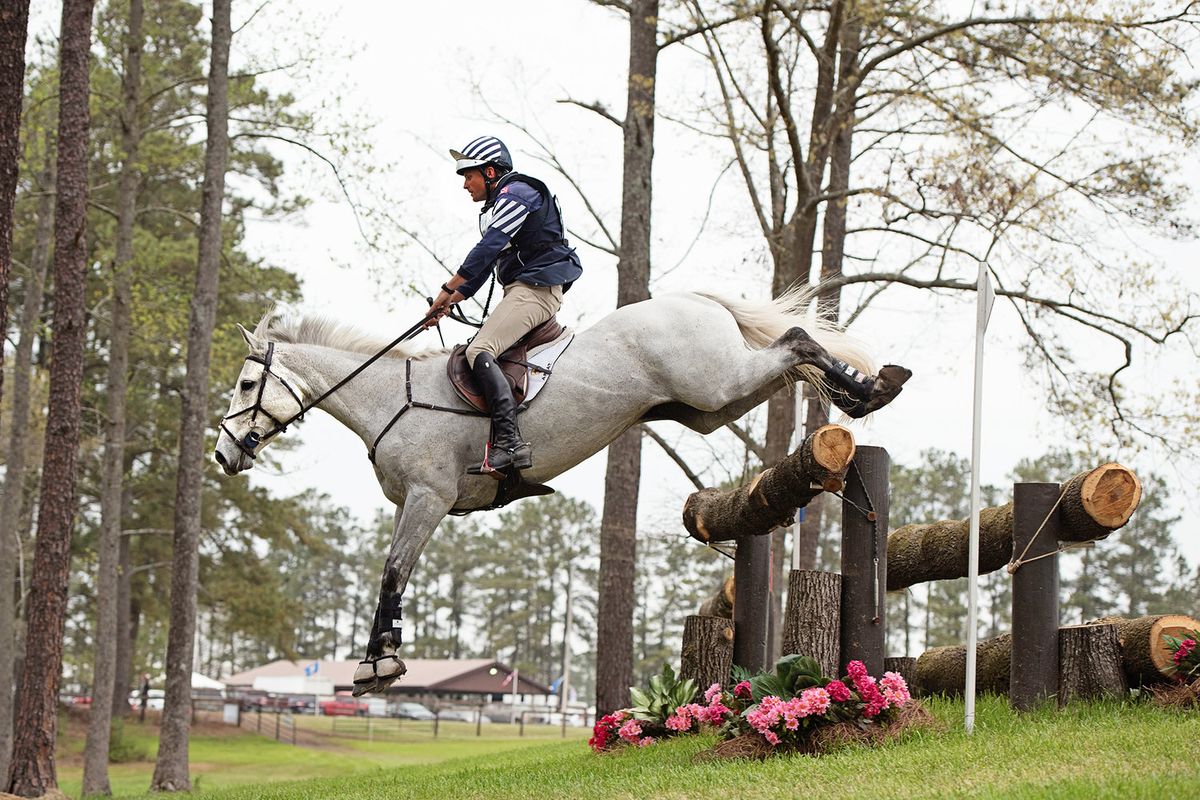
Eventing is an exciting equestrian sport combining dressage, cross-country, and show jumping. Did you know it originated from military training exercises? This sport tests both horse and rider's versatility, endurance, and skill. Eventing is often called the "equestrian triathlon" because of its three distinct phases. Riders and horses must excel in each phase to succeed. Eventing is not just for professionals; amateurs also compete at various levels. From local competitions to the Olympics, this sport has a rich history and a passionate community. Ready to learn more? Here are 25 fascinating facts about eventing that will deepen your appreciation for this thrilling sport.
What is Eventing?
Eventing is an equestrian sport that combines three disciplines: dressage, cross-country, and show jumping. It tests the horse and rider's versatility, endurance, and skill. Here are some fascinating facts about this thrilling sport.
-
Eventing originated from military training exercises designed to test cavalry horses' fitness and versatility.
-
The sport was first included in the Olympic Games in 1912 in Stockholm, Sweden.
-
Dressage, the first phase, showcases the horse's training and obedience through a series of predetermined movements.
-
Cross-country, the second phase, involves navigating a course with natural obstacles like water, ditches, and logs.
-
Show jumping, the final phase, tests the horse's agility and precision over a series of colored fences.
Historical Milestones in Eventing
Eventing has a rich history filled with notable milestones and achievements. These moments have shaped the sport into what it is today.
-
The first Badminton Horse Trials, one of the most prestigious eventing competitions, took place in 1949.
-
Women were first allowed to compete in Olympic eventing in 1964.
-
Mark Todd, a New Zealand rider, won back-to-back Olympic gold medals in 1984 and 1988.
-
The Fédération Equestre Internationale (FEI) governs the sport internationally, ensuring standardized rules and regulations.
-
The Rolex Grand Slam of Eventing, introduced in 1999, awards a significant prize to any rider who wins Badminton, Burghley, and Kentucky consecutively.
Famous Eventing Horses and Riders
Some horses and riders have left an indelible mark on the sport, becoming legends in their own right.
-
Charisma, ridden by Mark Todd, is one of the most famous eventing horses, winning two Olympic gold medals.
-
Michael Jung, a German rider, is known for his exceptional skill, winning multiple Olympic and World Championship titles.
-
Mary King, a British rider, has represented her country in six Olympic Games, earning numerous medals.
-
Valegro, although primarily known for dressage, has also competed in eventing, showcasing his versatility.
-
Andrew Hoy, an Australian rider, has competed in eight Olympic Games, winning multiple medals.
Training and Preparation
Training for eventing requires dedication, skill, and a deep bond between horse and rider. Here are some insights into the preparation process.
-
Horses typically start their training at a young age, gradually building their skills in each discipline.
-
Riders often work with specialized trainers for dressage, cross-country, and show jumping to hone their abilities.
-
Fitness is crucial for both horse and rider, with regular conditioning exercises to build stamina and strength.
-
Mental preparation is equally important, as riders must remain focused and calm under pressure.
-
Nutrition plays a vital role, with carefully balanced diets to ensure horses have the energy and nutrients needed for peak performance.
Eventing Competitions and Formats
Eventing competitions come in various formats, each offering unique challenges and experiences for participants.
-
One-day events (ODEs) condense all three phases into a single day, testing the horse and rider's endurance and adaptability.
-
Three-day events (3DEs) spread the phases over three days, allowing for more recovery time between disciplines.
-
The CCI (Concours Complet International) format is used for international competitions, with different levels based on difficulty.
-
The CIC (Concours International Combiné) format is similar but typically shorter and less demanding than CCI events.
-
Eventing competitions often include a veterinary inspection to ensure horses are fit and healthy before and after the event.
The Final Gallop
Eventing is a thrilling equestrian sport that combines dressage, cross-country, and show jumping. It tests both horse and rider's versatility, stamina, and skill. From its origins in military training to its current status as an Olympic event, eventing has a rich history. Riders must master the elegance of dressage, the endurance of cross-country, and the precision of show jumping. Safety is paramount, with rigorous standards and protective gear. Whether you're a seasoned competitor or a curious spectator, eventing offers something for everyone. The bond between horse and rider, the adrenaline of competition, and the beauty of the sport make eventing truly unique. So next time you watch an event, remember the dedication and hard work behind every jump and pirouette. Eventing isn't just a sport; it's a testament to the incredible partnership between humans and horses.
Was this page helpful?
Our commitment to delivering trustworthy and engaging content is at the heart of what we do. Each fact on our site is contributed by real users like you, bringing a wealth of diverse insights and information. To ensure the highest standards of accuracy and reliability, our dedicated editors meticulously review each submission. This process guarantees that the facts we share are not only fascinating but also credible. Trust in our commitment to quality and authenticity as you explore and learn with us.


